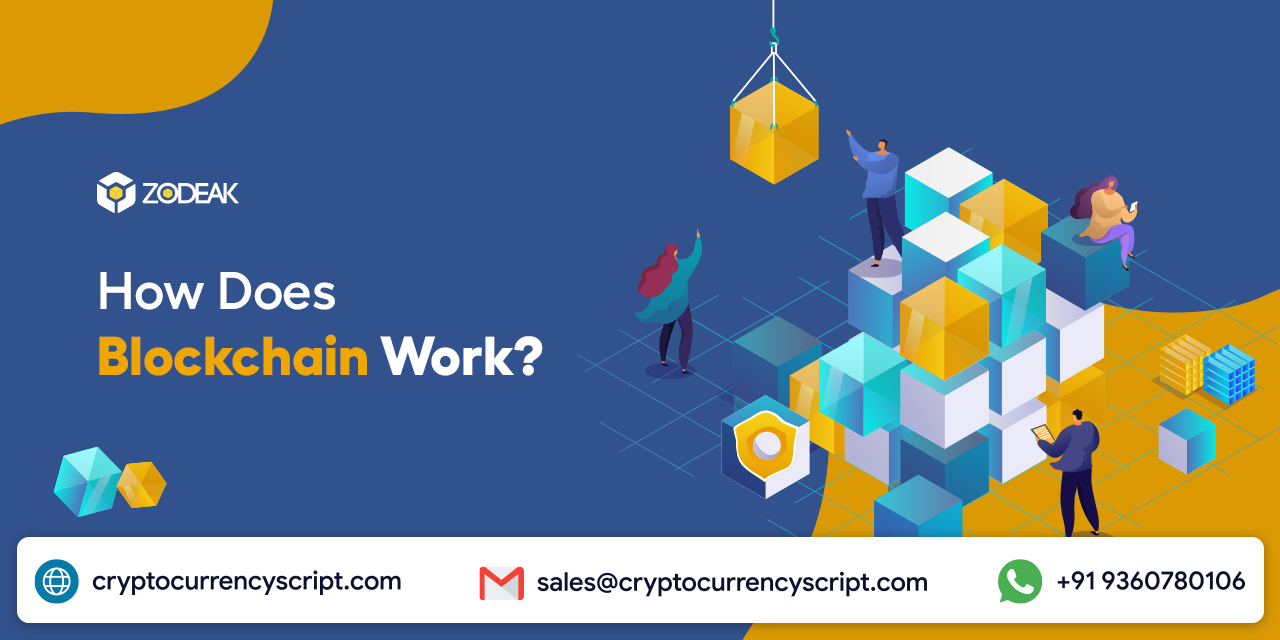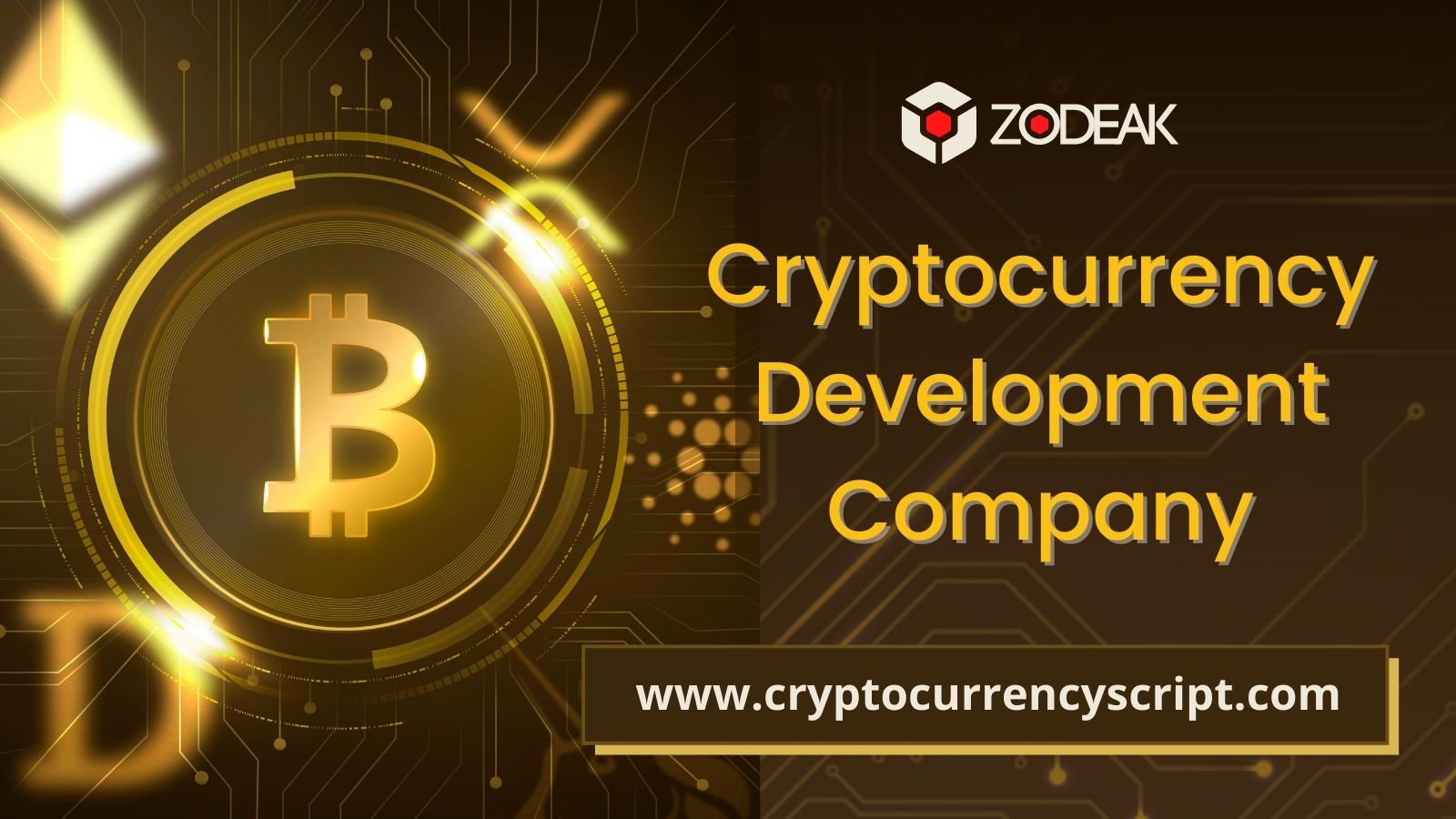Generally, it’s complicated to understand how does Blockchain work. It’s equivalent to understanding the physics underlying the cosmos!
Anyway, you are here to find out how it works…
Well, here I am to help you. But first, let me briefly explain the fundamentals of blockchain technology before delving into its inner workings.
What Is Blockchain?
Blockchain is a digital ledger that is immutable and allows for safe and secure Peer-to-Peer(P2P) transactions. It does away with the need for intermediaries such as banks or government, by recording, storing, and verifying data via decentralized mechanisms.
Each transaction is recorded on the blockchain and kept in a block. The process of connecting each block to the previous one and encrypting it for security is known as “Blockchain,” and it results in a chronological sequence based on codes. This implies that data saved on a blockchain cannot be removed or changed without the network’s consensus. As a single source of truth, these modern databases enable transparent and trustless data interchange over a network of linked computers.
Aside from transferring cryptocurrency between wallets, blockchain technology is a cutting-edge innovation with a broad range of possible applications, including protecting medical information and eliminating fraudulent banking and supply-chain bottlenecks.
Why Does Blockchain Matter?
In general, Blockchain is a revolutionary advance in technology that helps eliminate fraud, lower security concerns, and increase transparency in a scalable manner. Blockchain technology is popular because of its connection to cryptocurrencies and NFTs. Developed into a management tool for many international enterprises.
These days, blockchain technology is revolutionizing gaming, safeguarding healthcare data, bringing transparency to the food supply chain, and fundamentally altering the way we manage ownership and data.
Alright! Now let’s get to the point of how blockchain works…
How Does Blockchain Work?
Let me explain the workings of blockchain with a clear example. Let’s take an example where Subaash and Sankar are two nodes on the Bitcoin blockchain who want to transact with each other.
Transaction Making
Subaash wants to use the blockchain network to send Sankar 10 Bitcoin(BTC). The blockchain network is updated with a new transaction. All necessary data is double encrypted using public and private keys before being sent.
Verification
Typically, Every node in the network will get the message intended for verification. Every node will verify that Subaash has enough balance or at least 10BTC to complete the transaction, among other important transaction requirements. Is the node Subaash registered? Is the node Sankar registered? The transaction is confirmed after examining the parameters.
Block Formation
A block is created when several validated transactions accumulate in mempools. And this validated transaction will be included in a block.
Consensus Algorithm
As we’re discussing bitcoins, block verifications employ the Proof-of-Work consensus algorithm. The proof-of-work mechanism requires the system to generate a hash for each new block based on a node being assigned the target hash value. The hash value for the new block must be computed by the node. So that it is less than the desired value.
The block with greater difficulties is chosen when two or more miners simultaneously mine the same block. We refer to the others as stale blocks. Blockchain currency is typically used to compensate miners for their work. Bitcoin is the blockchain currency in this instance.
New Block Addition
The newly created block only be uploaded to the network. The transaction is marked as complete after it contains the hash value and proof-of-work authentication. Sankar will then receive 10BTC from Subaash. The newly created block connects to the blockchain’s open end.
Completion
The transaction shall happen when the block is appended to the blockchain, transferring 10BTC from Subaash’s wallet to Sankar’s wallet. The transaction’s specifics are forever safe on the blockchain.
Anyone connected to the network can retrieve the data and validate the transaction. It makes it easier to monitor every transaction and determine whether any users are attempting to make duplicate transactions. For instance, the other nodes can verify if Subaash has sufficient balance to complete the currency transaction by looking up Subaash’s previous transaction history when he attempts to complete one in the future. If the balance is sufficient, then the transaction gets approval.
How Secure Is Blockchain?
A blockchain is compared to a linked list in its most basic form. All the subsequent things in the list are reliant on the preceding item, except the first block, which is referred to as the genesis block and is hard coded into the blockchain. A hash of the transactions in the current block’s Merkle tree and the hash of the preceding block’s header are both contains in each block of the blockchain.
Let me describe with an example what occurs in a blockchain network when an effort is made to alter a transaction or block data.
Assume that ten blocks are in a chain, with the tenth block depending on the ninth, the ninth block depending on the eighth, and so on. Thus, every block up to the tenth block, as well as the genesis block, is dependent upon each other.
If an attacker or someone attempts to alter data on the second block, they’ll also need to alter data on every subsequent block for the blockchain to remain legitimate if not then it’s invalid. Because the hash value in the second block is what the subsequent block relies on and the second block has changed but not the subsequent blocks. Therefore, immutability rises with the number of blocks added since it is an expensive operation to change a block.
Additionally, nodes in the blockchain network employ a consensus mechanism to add or modify a block in the blockchain. To adjust for a change in a single block, the hash value of the block header in the subsequent block has to be updated by recalculating the hash of each block. It will take a great deal of time and computer power for this.
The hacker must concurrently possess and alter at least 51% of the blockchain’s copies for their new copy to become the majority copy and, consequently, the agreed-upon chain. In turn, requires a significant investment of time, money, and computer resources.
Well, Now you know the functioning of Blockchain. It is the future of technology where various industries are leveraging blockchain technology. You have to hire a reputable Blockchain development company to learn more about “How does blockchain work?” or be interested in developing a business with it.





